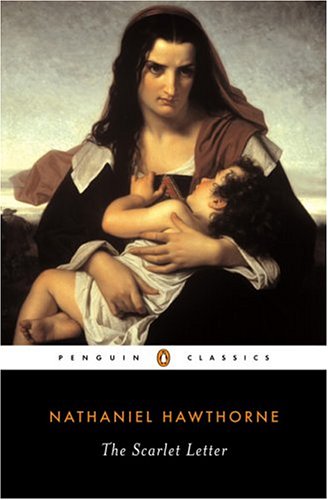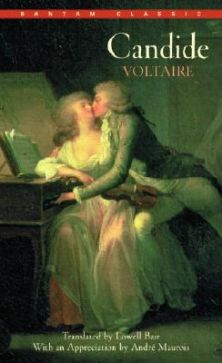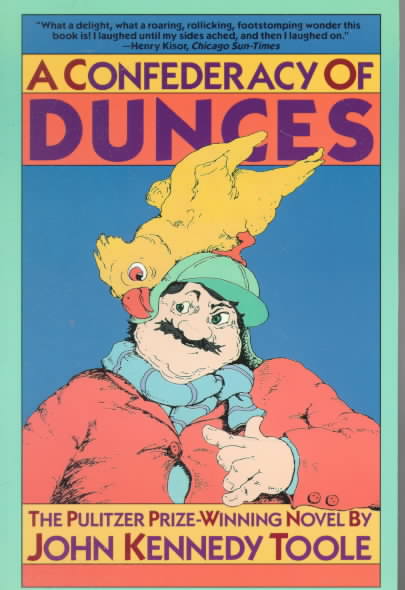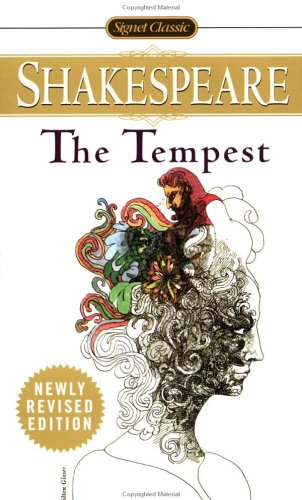 This review is a repost from last year, but I read this again to teach it. I loved it more than ever before. This book is moving up on my all-time list to the top ten. It’s an excellent reminder of the damaging power of unconfessed sin. I know that Mark gave his stamp of disapproval earlier this year, but he is wrong.
This review is a repost from last year, but I read this again to teach it. I loved it more than ever before. This book is moving up on my all-time list to the top ten. It’s an excellent reminder of the damaging power of unconfessed sin. I know that Mark gave his stamp of disapproval earlier this year, but he is wrong.
I was surprised that most of my 50-ish students loved reading this book this year. Our discussions were better than they’ve been for most novels last year. I was pleased.
Here is my former review:
While I read and taught The Scarlet Letter before, I never had the appreciation for it as I did in this reading. I was captivated by the story, but the language and style of its writing was preeminent for me. Hawthorne crafts a beautifully written story that tells the familiar tale of Hester Prynne’s public shame and Reverend Arthur Dimmesdale’s private tormented guilt after an adulterous affair set in the backdrop of Puritan Boston. The story is simple, as Hester faces a judgmental crowd in the town, and Dimmesdale suffers from a burning conscience as he does not admit to his sin. One man, Roger Chillingworth—Hester’s husband—knows the secret and is bent on revenge against them both.
While The Scarlet Letter is often used to criticize and demonize the Puritan era, it rather shows the importance of what the consequences of sin lead to within our hearts. The public consequences are temporary, but the private consequences are far longer reaching as the “Hound of Heaven” chases after us to confess and repent. While Hawthorne does not condemn adultery as a sin, we see the destruction causes by infidelity with the Prynne family. Hester Prynne is indeed a model of feminine strength and virtue in accepting responsibility and guilt, but she also provides us a picture of the results of our sin and the need for redemption in a Savior.
The book begins with this excellent sentence, showing the coldness of the scene and the tone of the entire novel:
A throng of bearded men, in sad-colored garments and gray, steeple-crowned hats, intermixed with women, some wearing hoods, and others bareheaded, was assembled in front of a wooden edifice, the door of which was heavily timbered with oak, and studded with iron spikes.
In our first picture of Hester, Hawthorne contrasts the ugliness of sin with the beauty of the woman:
On the breast of her gown, in fine red cloth, surrounded with an elaborate embroidery and fantastic flourishes of gold thread, appeared the letter A. It was so artistically done, and with so much fertility and gorgeous luxuriance of fancy, that it had all the effect of a last and fitting decoration to the apparel which she wore; and which was of a splendor in accordance with the taste of the age, but greatly beyond what was allowed by the sumptuary regulations of the colony.
If you are looking to read novels that you should have read in high school but didn’t, I heartily recommend starting with this one.






